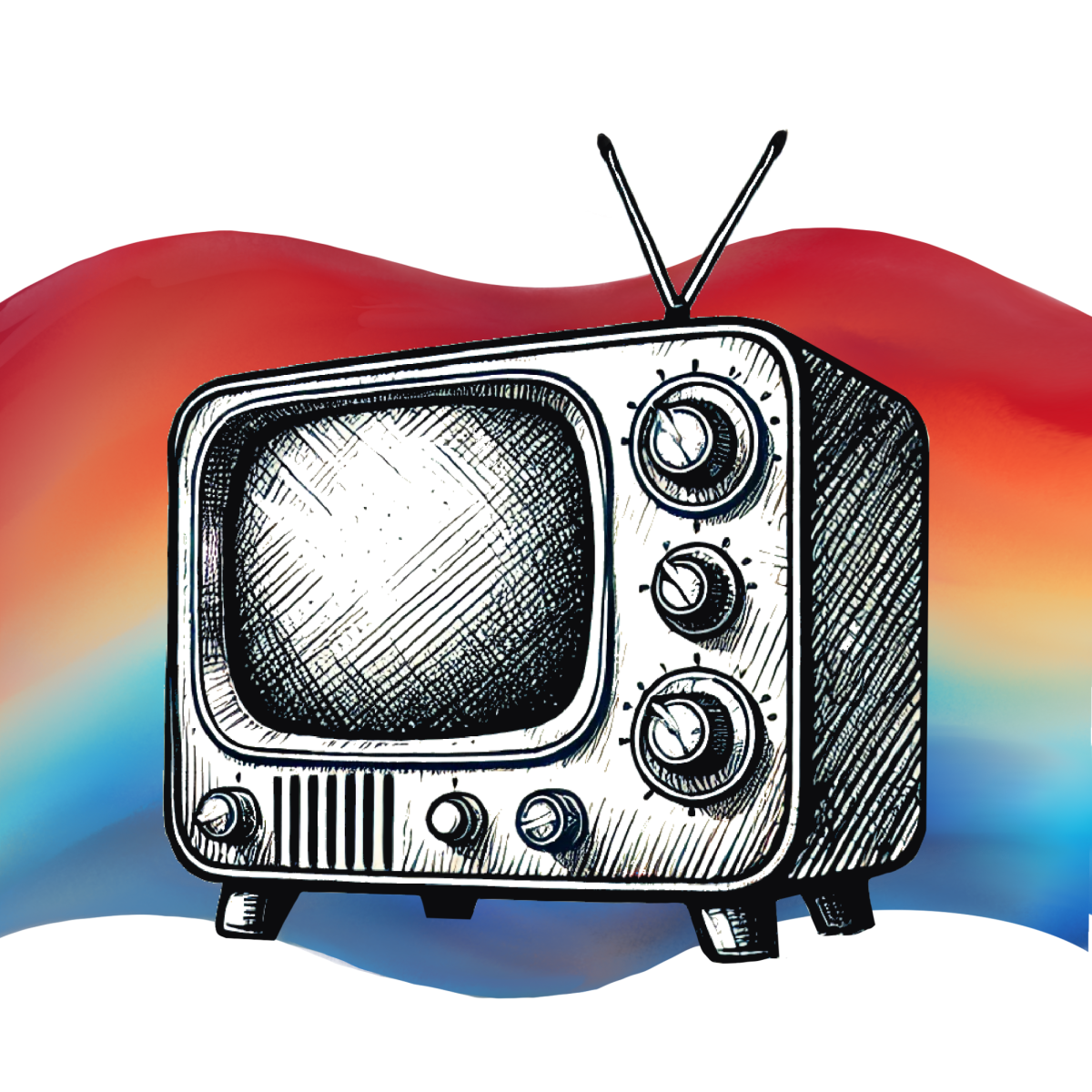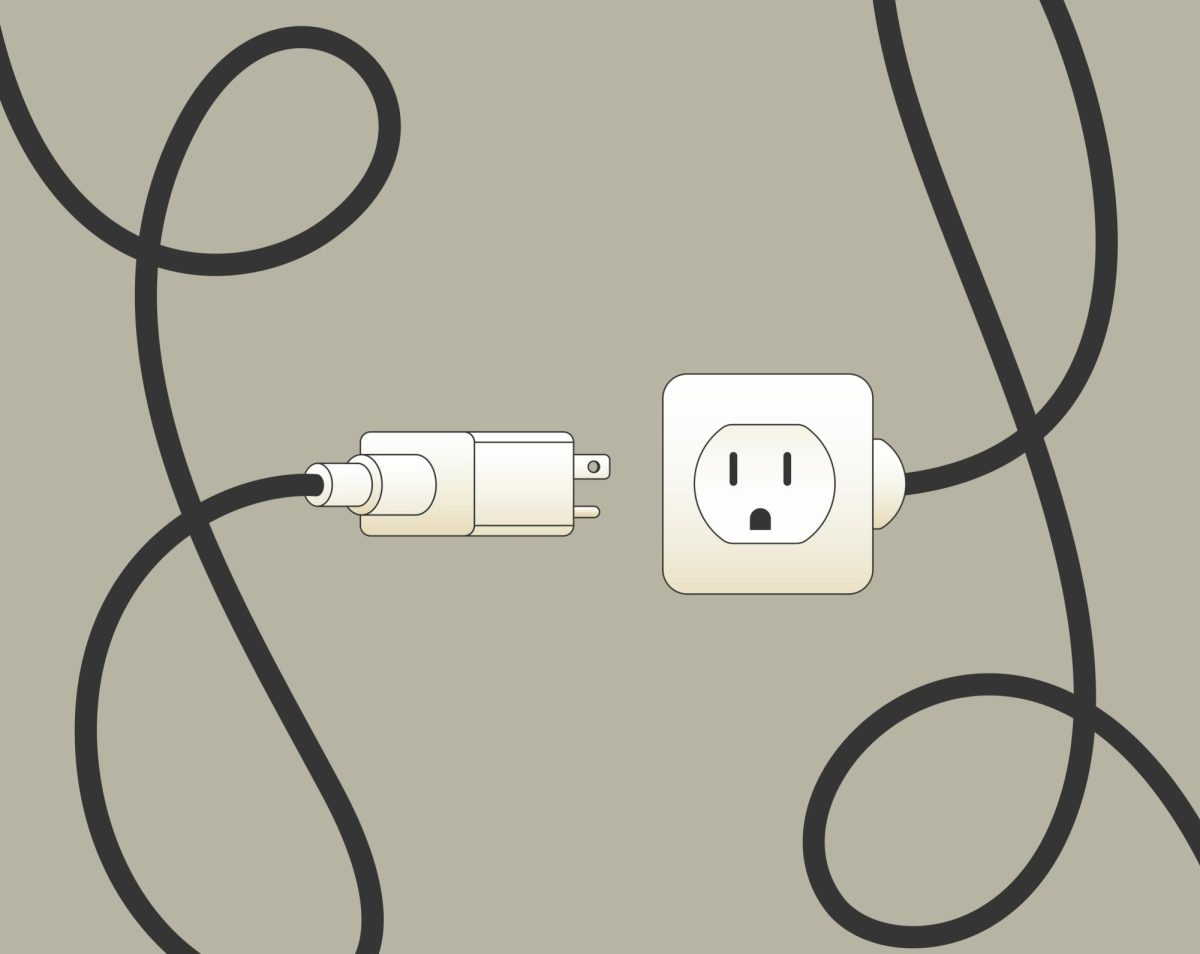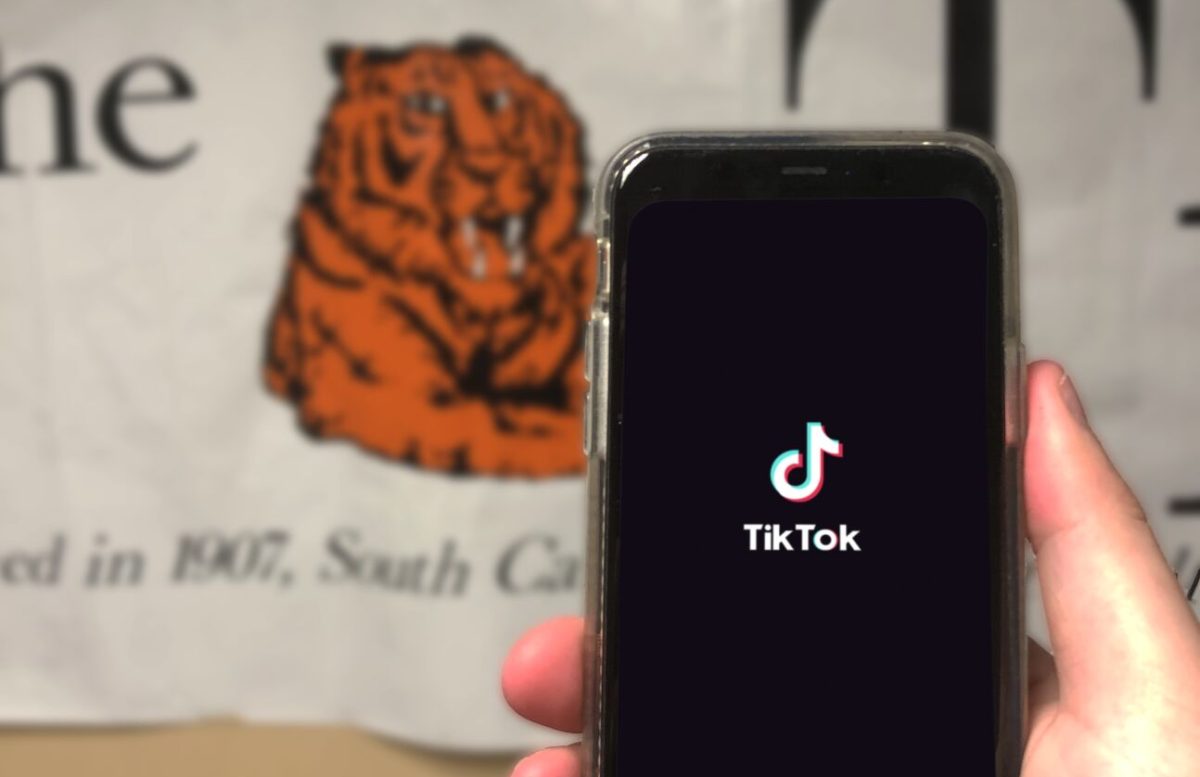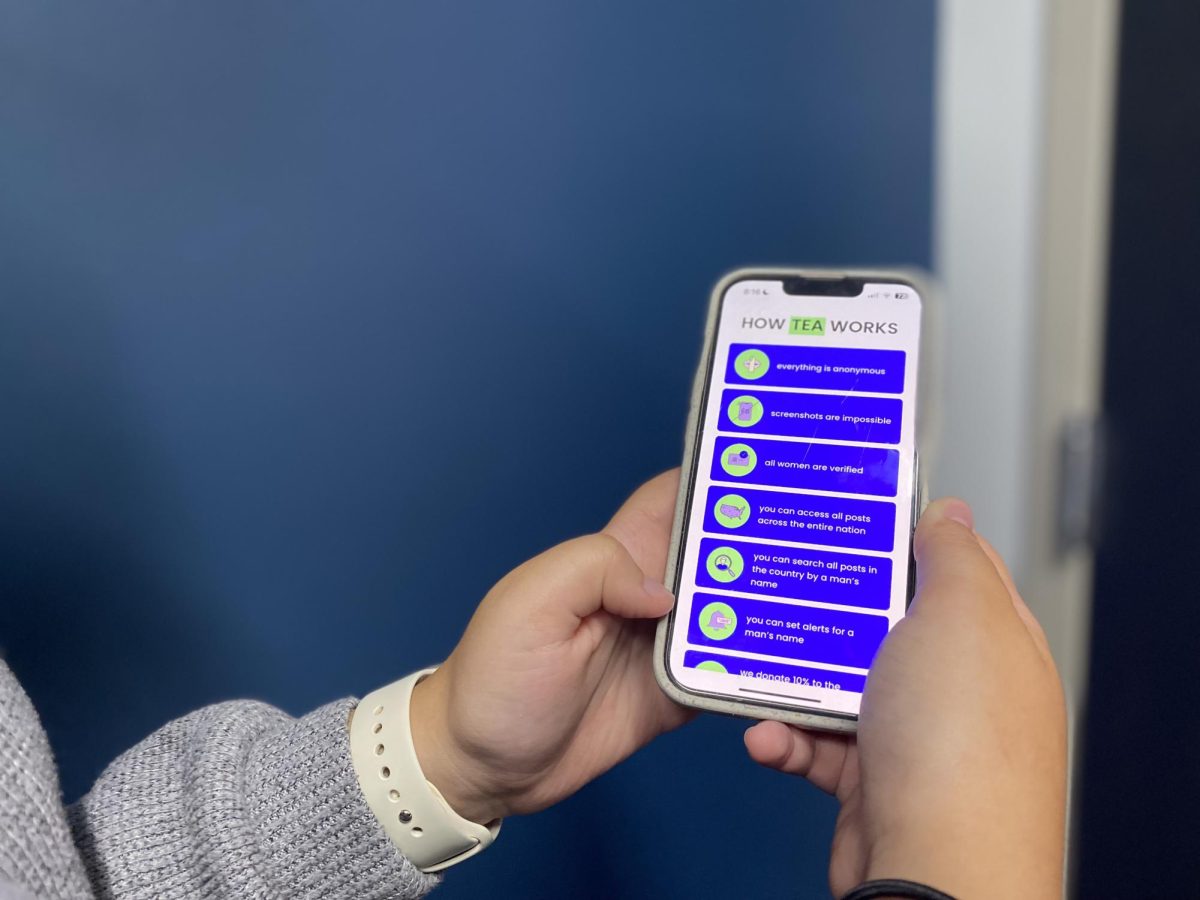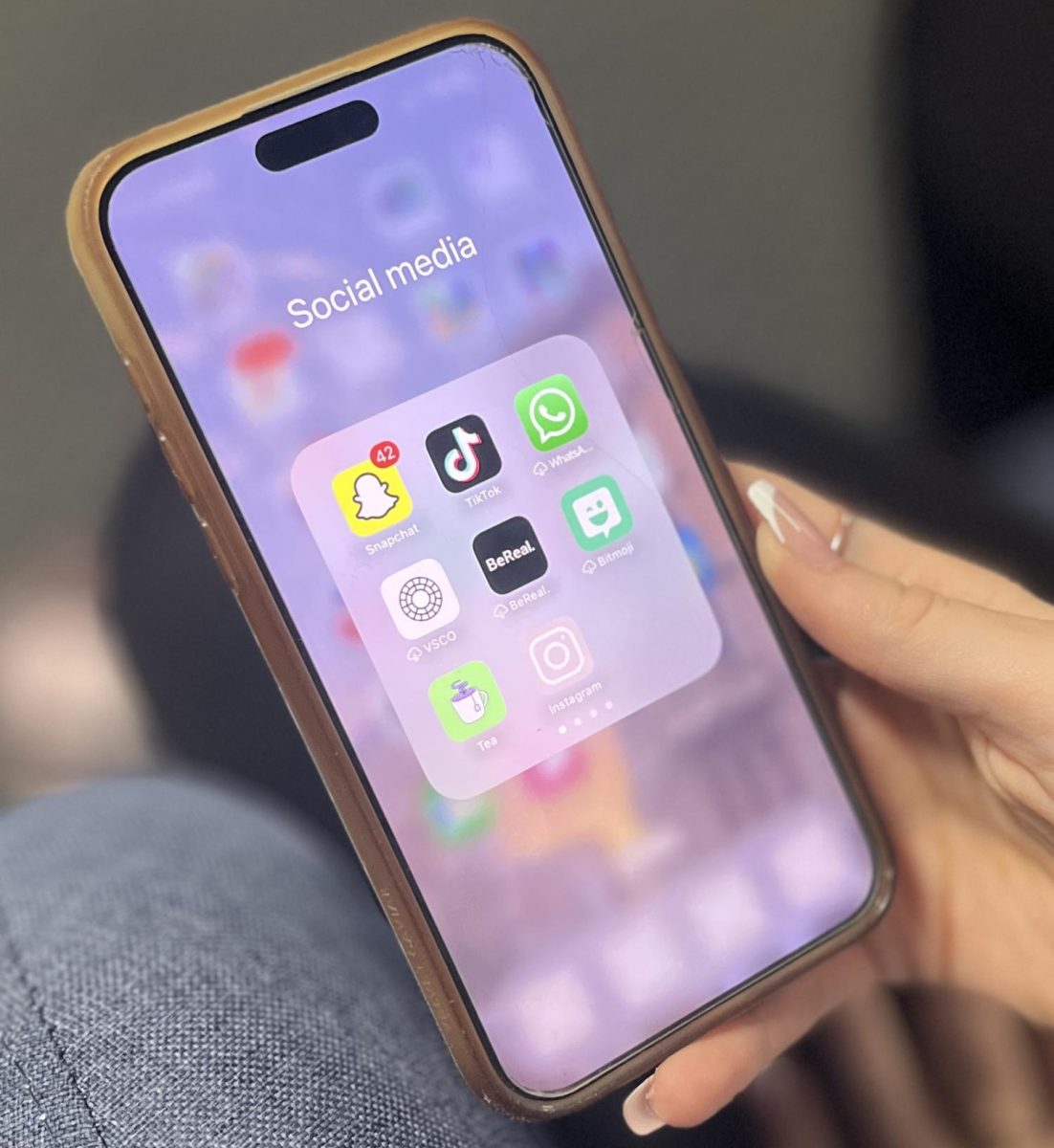I watch a lot of movies and TV. No, seriously, a lot. And a lot of times, I enjoy things that may be geared toward kids but still have plotlines adults can enjoy. While I may be able to walk in and see the goriest R-rated movie in any theater I want, I genuinely seek out meaningful pieces of media, which often come in the form of movies made for younger audiences.
The attitude I have around TV shows and movies led me to watch “Christopher Robin,” a story about how the characters of Winnie the Pooh remind a man of what he should really be valuing in life. It was full of important lessons — though not in a heavy-handed way — and truly funny jokes, didn’t have a rating and was quite tame, with just a PG rating.
I took a lot away from it, mainly because of how high-quality the movie was. It didn’t matter that the target audience was not myself (a college senior); it had a smart storyline that someone of any age could watch, both in the sense that it was appropriate and actually watchable. It was the kind of movie a family could sit down and watch, and a five-year-old could enjoy just as much as their parents.
This is the kind of media I have been seeing less of, though. Kids shows these days seem dumbed down and vapid. Long gone are the golden days of PBS Kids shows that I was raised on and the early aughts heydays of channels like Nickelodeon and Disney.
When I was a kid, I can recall watching “kids” TV shows with both my parents and my younger and older siblings. I also remember learning important problem-solving skills, whether it be resolving issues between friends on the playground or logical puzzles I might see on a worksheet in class.
Under the Children’s Television Act of 1990, educational shows that serve as “core programming” have a protected spot in broadcasting and are held to certain standards. Defined as media that is “specifically designed to serve the educational and informational needs of children 16 years of age and under, including the child’s intellectual/cognitive or social/emotional needs,” core programming is around 30 minutes long and meets informational needs for children’s development while being regularly scheduled between 6 a.m. and 10 p.m.
However, in 2019, the Federal Communications Committee adopted a new set of rules surrounding children’s media.
While these come with the movement to streaming services over live airwaves, they overlook the fact that not everyone can afford multiple — or even one — streaming services with access to educational children’s media.
Because the FCC now gets to decide what qualifies as educational content, what they have deemed “providing greater flexibility,” shows are now at their discretion and are deregulated.
With this decision came the downfall of these more “all ages” shows and movies. Storylines have been watered down as we’ve seen an increase in kids consuming “brain rot” on TikTok and playing iPad games. Rarely can a whole family come together and watch a movie.
Movies like “Up” (2009) presented fleshed out storylines and three-dimensional characters that taught kids a bit about how to come to terms with tough topics, like the death of a loved one, and parents watched and enjoyed the movie along with them. Nowadays, we are mainly being given sequels with much less care put into them.
Giving kids “smart storylines” that actually engage them is so important. Consuming tons of TV shows and movies I fell in love with helped shape me into the person I am today. I fostered my active imagination and sense of wonder I still try and maintain as an adult.
It also helps them begin to grasp media literacy. If we don’t provide kids with truly engaging media, we risk not providing them with problem-solving skills and nurturing a love of creative universes that they will carry with them all throughout their lives.
Mercedes Dubberly is a senior communication and English major from Columbia, South Carolina. Mercedes can be reached at [email protected].



